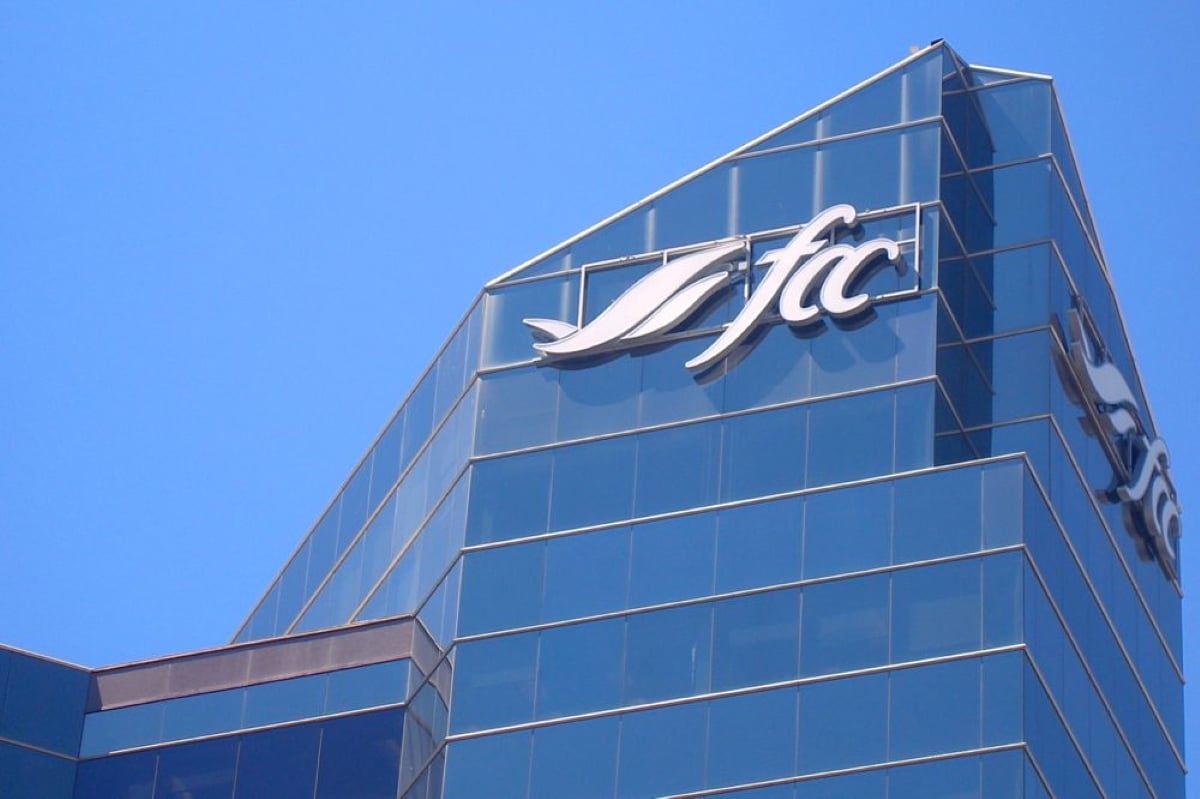The E. coli bacteria that has sickened more than 2,100 people in Europe and killed at least eight is not the same bacteria that concerns the cattle and meat industry.
Bacteria constantly evolve, sometimes acquiring toxic genes that make them particularly dangerous to people.
“It’s totally unpredictable as to when an organism would evolve like that,” said Tim McAllister, a specialist in ruminant nutrition and microbiology with Agriculture Canada in Lethbridge.
The strain affecting people in Europe, the source of which was attributed June 10 to German bean sprouts, is E. coli 0104: H4.
Read Also

Farm Credit Canada partners with major Toronto innovation hub
A FCC parntership with MaRS Discovery District aims to solve technology problems in food supply chains.
“It’s particularly toxic, even more so than 0157: H7,” said McAllister. “It’s a different serotype, which seems to be a form just recently evolved.”
Five percent of people affected by E. coli 0157: H7 suffer kidney failure and of those, 35 percent are fatal, McAllister said. Kidney failure appears to result in 30 to 40 percent of the cases with 0104: H4.
“What we’ve had happen in Europe is we’ve had that particular strain interact with other bacteria in the environment. They’ve acquired different toxin genes and that’s ended up causing even greater incidents of disease and more fatalities than 0157 does,” he said at a June 9 meeting that explored the use of distillers grain in western Canadian feedlot diets.
He said his research has yielded good news about E. coli 0157: H7, the predominant serotype in North American cattle that can cause human illness if ingested.
McAllister’s team found no statistical differences between the amount of E. coli in manure from cattle fed distillers grain derived from corn or wheat.
It contradicts the findings of similar U.S. based studies that indicated cattle shed more E. coli if fed distillers grain, which is an ethanol plant byproduct.
“Our study is the first study in Canada that’s been done to look at that directly,” said McAllister.
However, it is only one study, he added, and the many variables in a feedlot make it difficult to determine direct relationships between feed and the prevalence of E. coli.
He said the cause of differences in study results is unknown. It could be the difference between barley-based systems in Canada and corn-based systems in the United States, but only more research could determine that.
Such research is important, considering distillers grain has become a viable and common feed option. McAllister said the availability of distillers grain is the biggest change to feedlot operations in the last 25 years.
Questions about the relationship between E. coli and distillers grain could become more of a concern if feeding DDGs becomes even more prevalent. However, McAllister said the feedlot is one link in the meat chain.
Differences related to feed have no impact on food safety if measures taken further along the chain mitigate the risk of human ingestion of E. coli. And not all E. coli bacteria are bad, he added. Some are important to digestion.
“We all have E. coli in our digestive tract. I’d venture to guess that I could isolate E. coli from everyone in this room, not that I have a burning desire to do that,” he said to a group of more than 200.















